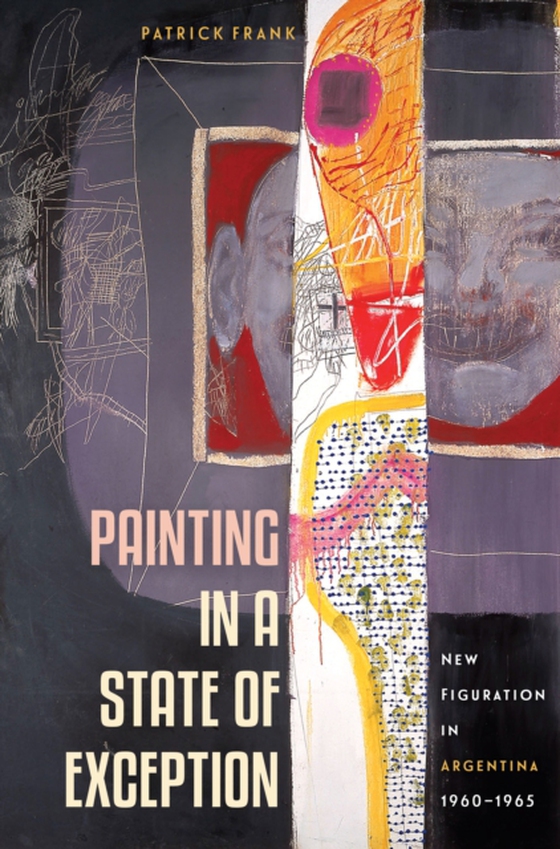
Painting in a State of Exception e-bog
1002,81 DKK
(ekskl. moms 802,25 DKK)
"e;Brings long overdue recognition and reevaluation to Nueva Figuracion. Offers a contemporary reexamination of the artworks beyond that of Argentina's complex political history for a more global interpretation."e;--Carol Damian, author of Neorealism and Contemporary Colombian Painting"e;Chronicles an important and little-known episode in the history of Argentine art and thoughtfull...
E-bog
1002,81 DKK
Forlag
University Press of Florida
Udgivet
13 december 2016
Længde
352 sider
Genrer
1KJ
Sprog
English
Format
pdf
Beskyttelse
LCP
ISBN
9780813052588
"e;Brings long overdue recognition and reevaluation to Nueva Figuracion. Offers a contemporary reexamination of the artworks beyond that of Argentina's complex political history for a more global interpretation."e;--Carol Damian, author of Neorealism and Contemporary Colombian Painting"e;Chronicles an important and little-known episode in the history of Argentine art and thoughtfully locates the movement within the complex cultural and political landscape of its time."e;--Abigail McEwen, University of Maryland, College ParkAlthough it is one of Latin America's most significant postwar art movements, Nueva Figuracin has long been overlooked in studies of modern art. In this first comprehensive examination of the movement, Patrick Frank explores the work of four artists at its heart--Jorge de la Vega, Luis Felipe No Rmulo Macci, and Ernesto Deira--to demonstrate the importance of their work in the transnational development of modern art.The artists were responding directly to a difficult and chaotic period characterized by civil strife, frequent changes of government, and economic shocks. They broke new ground in Latin American art, not only in their technique, but also in the way they engaged the social, political, and cultural climate in an Argentina still recovering from the Pern years. Building on postwar expressionism by working with unprecedented urgency and abandon, they combined spontaneous techniques of abstraction with collage elements and figural subjects. Their works exercised a creative freedom that broke taboos about the role of the artist in society. Frank combines analyses of each artist's paintings with discussions of their social, political, and artistic contexts. He reveals the works' connections to literature, popular culture, and film, broadening our understanding of modern art in the early 1960s.Patrick Frank is the author of several books, including Los Artistas del Pueblo: Prints and Workers' Culture in Buenos Aires, 1917-1935, and Posada's Broadsheets: Mexican Popular Imagery, 1890-1910.
 Dansk
Dansk

